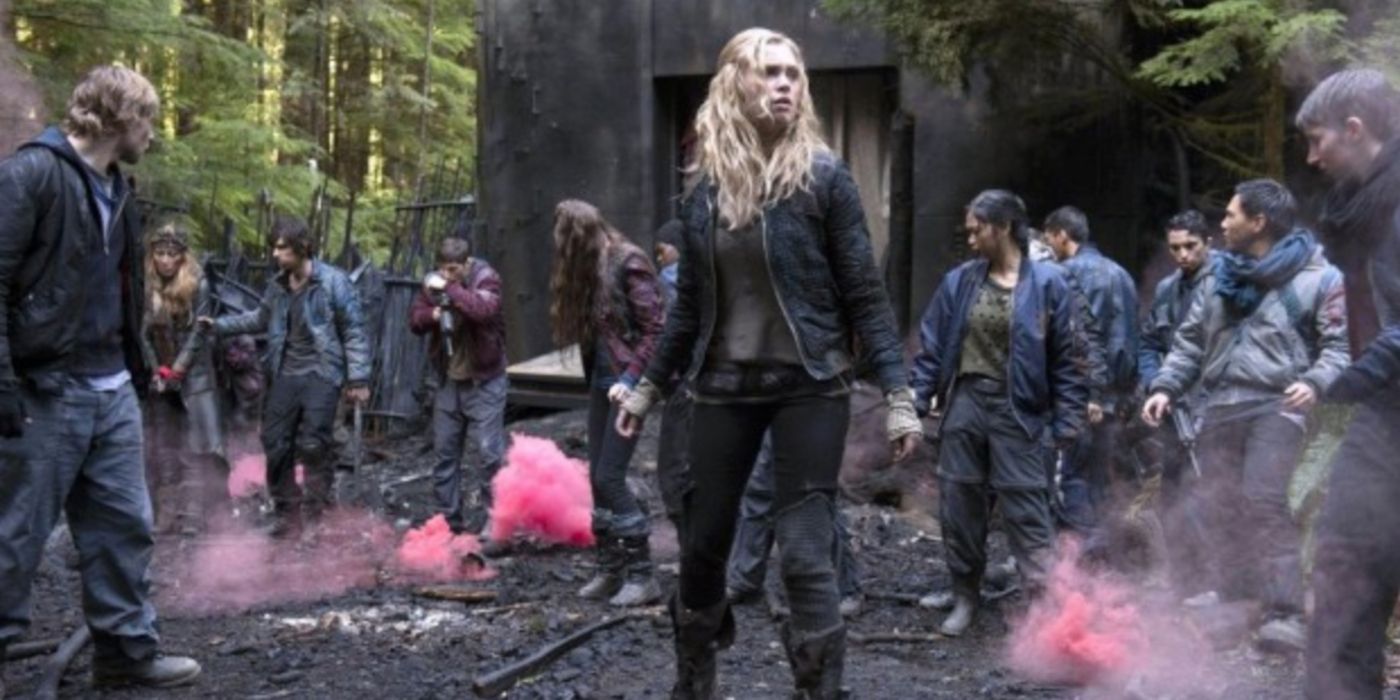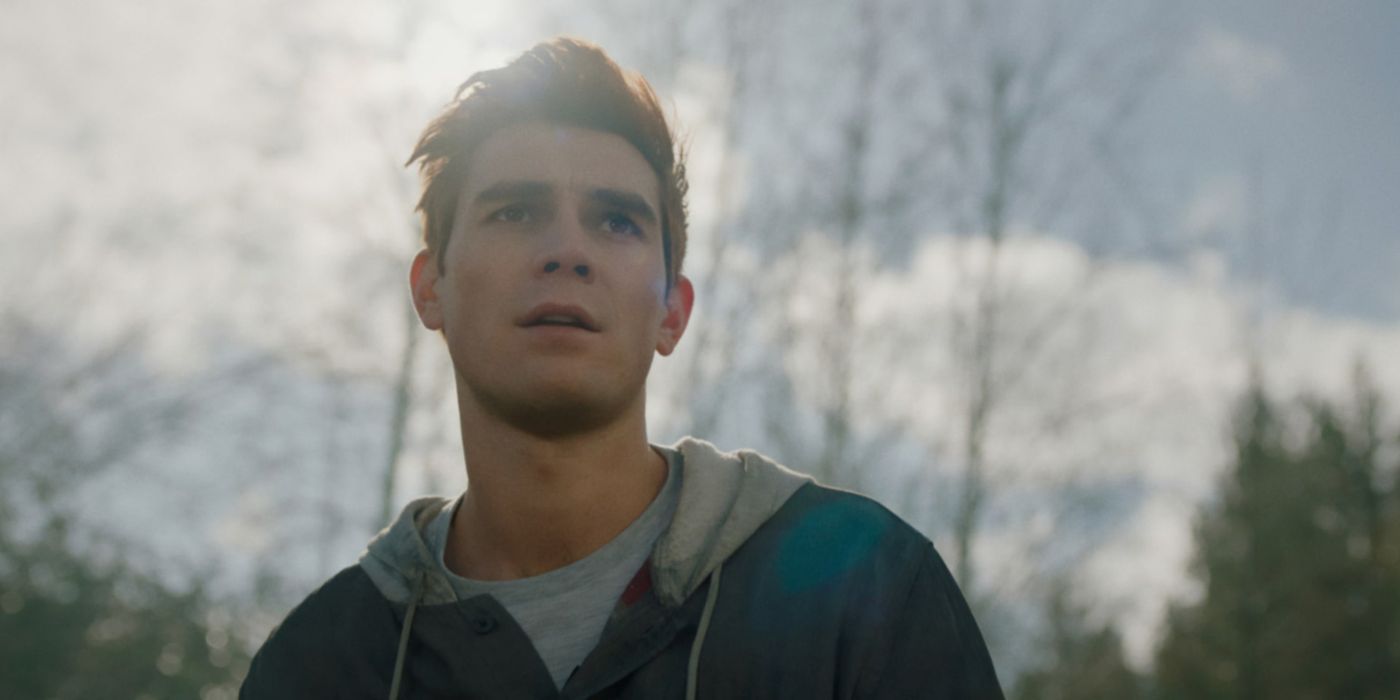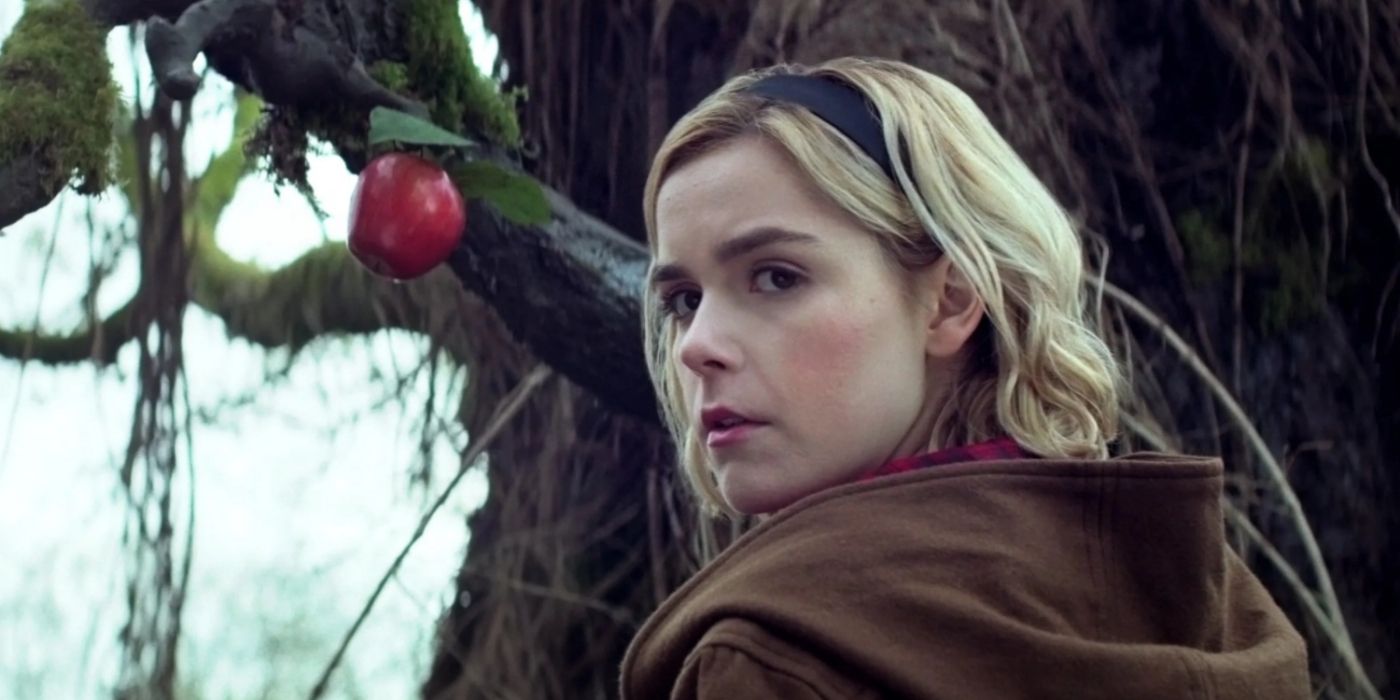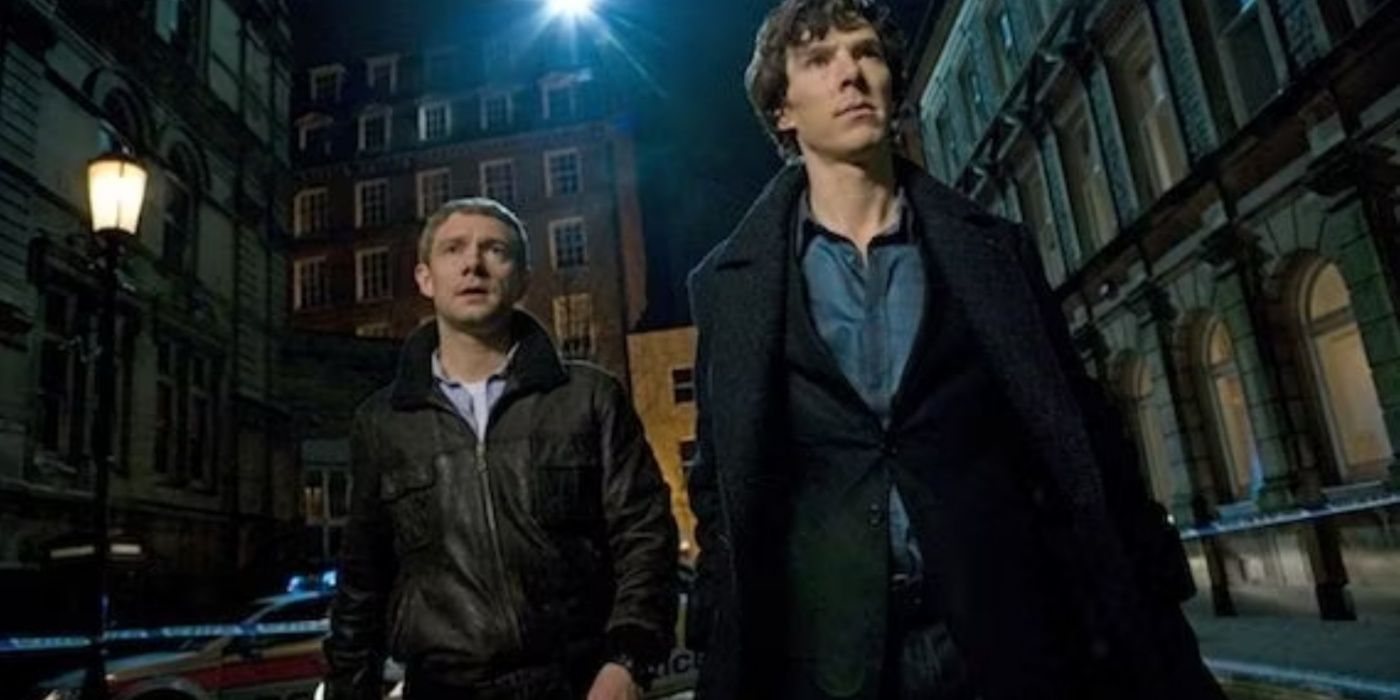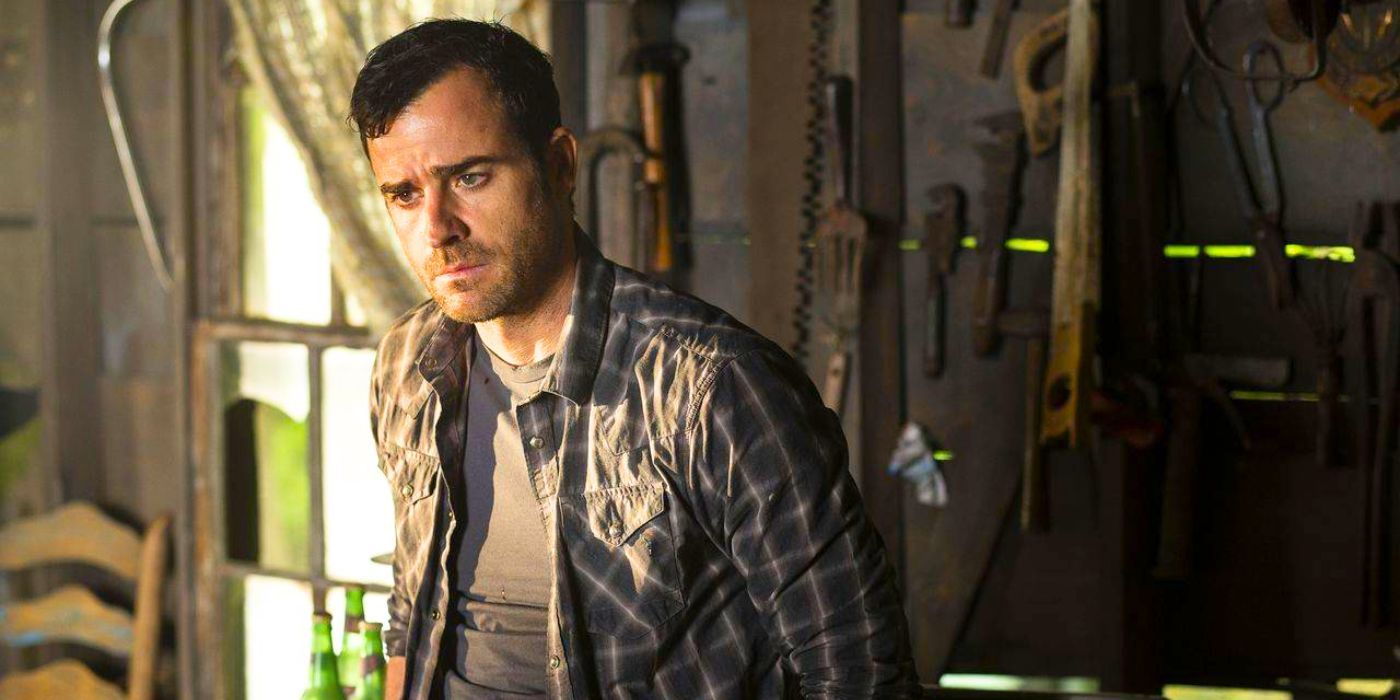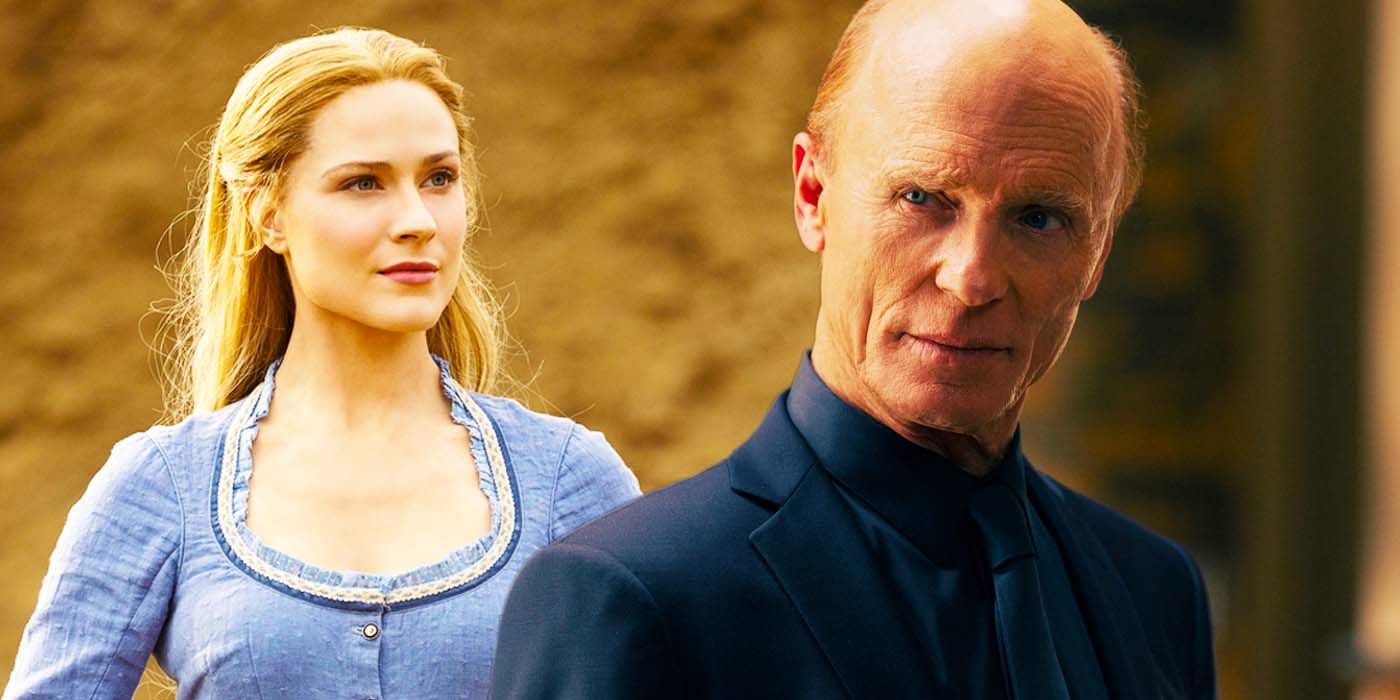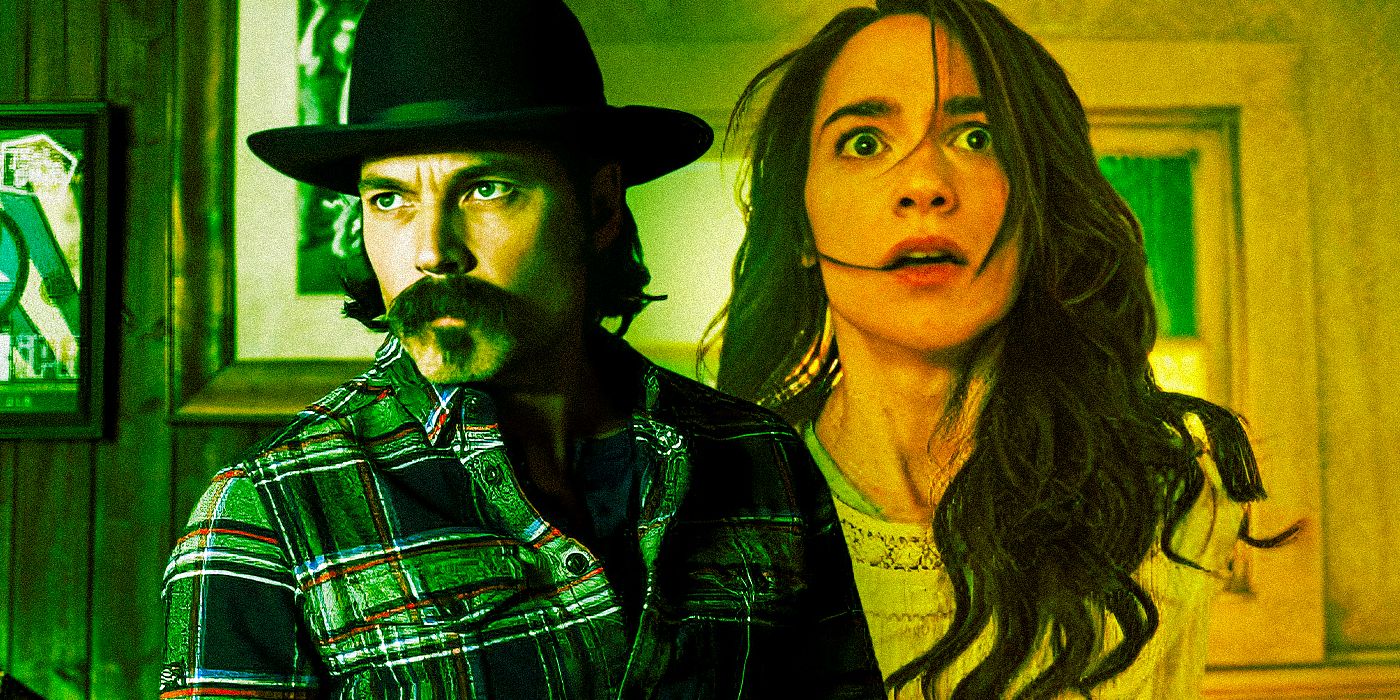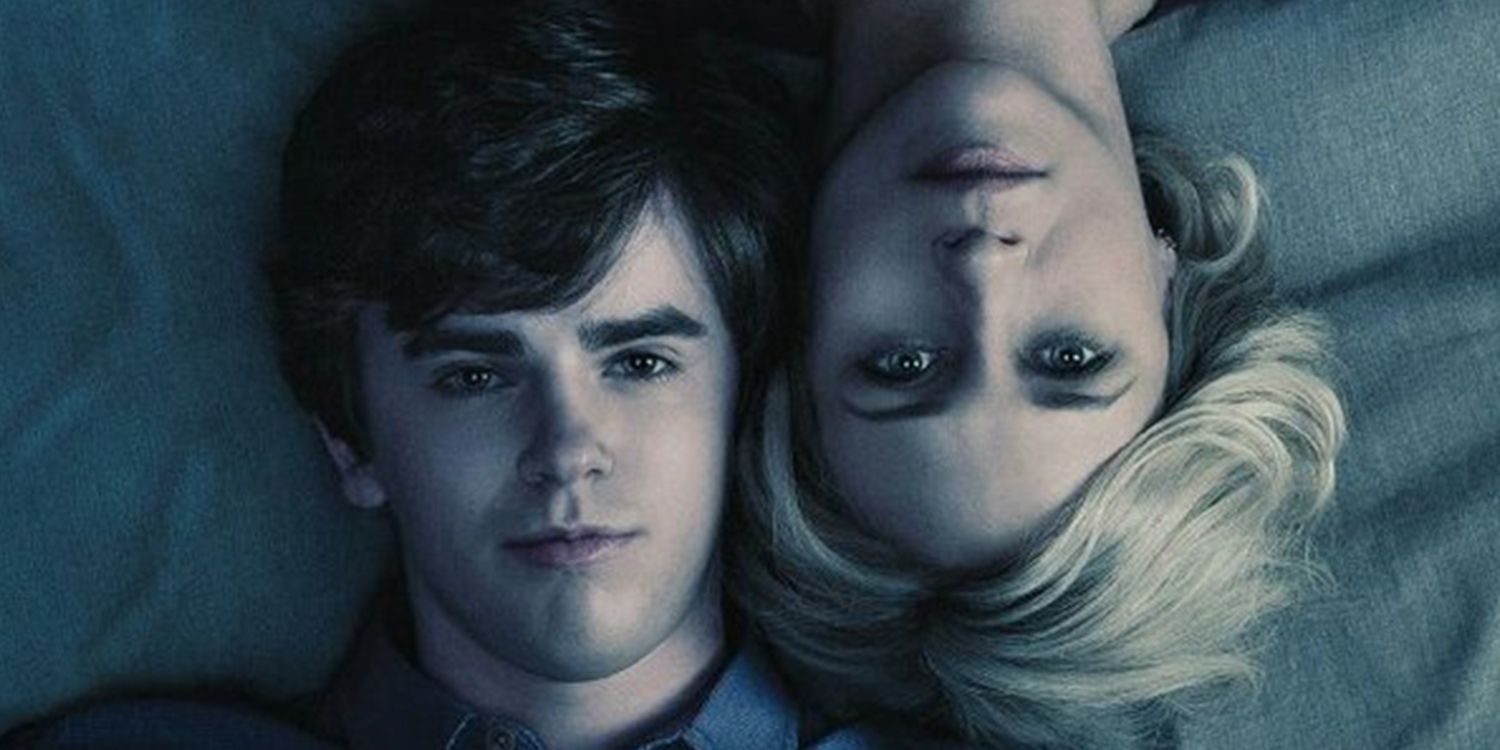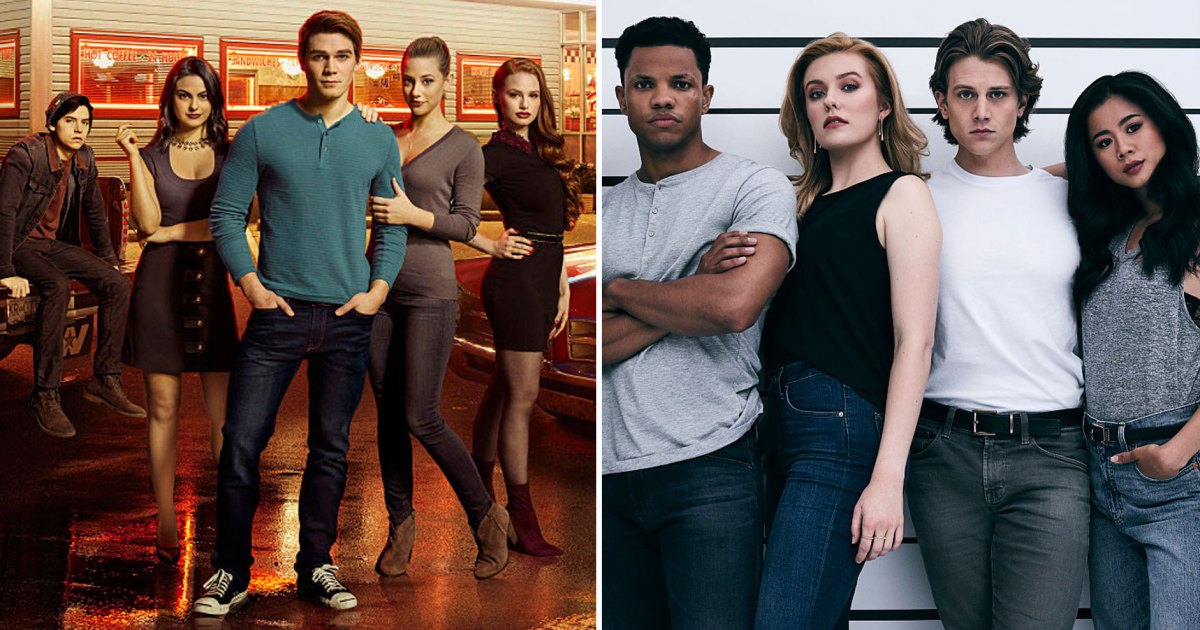
10 TV Shows That Flipped the Script on Source Material Tone

Exploring television adaptations that took a different tone from their original source material, offering a fresh perspective on familiar stories.
When a comic, novel, or movie is adapted into a television series, the tone of the original material is often altered. Sometimes, these changes are well-received and bring a fresh perspective to the show. Other times, the changes are controversial and disappoint the audience who loved the original source material.
For example, the live-action adaptation of Avatar: The Last Airbender on Netflix was compared to the beloved cartoon and the disappointing movie adaptation. Shows like Riverdale and Sherlock have also made changes to update their source material for modern audiences. It is common for TV adaptations to take a different tone than their original source.
Avatar: The Last Airbender (2024)
Avatar: The Last Airbender (2005 – 2008)
Aang looking angry in Netflix's The Last Airbender on a blue circular background - Avatar: The Last Airbender (2005 – 2008) - Avatar: The Last Airbender (2024)
Netflix's live-action version of Avatar: The Last Airbender did a better job than the M. Night Shyamalan film in capturing the essence of the beloved cartoon. However, the shift from animation to live-action had a significant impact on the overall tone. While the visual effects in the new Avatar were impressive, they lacked the quirky charm of the original show. Although Aang, Katara, and Sokka remained true to their characters, their interactions and friendships felt less engaging. Only time will tell if this new adaptation can live up to the original, but it is clear that the tone has changed.
The 100 (2014 – 2020)
The 100 by Kass Morgan
Clarke Griffin and the other members of The 100 standing on the battlefield in the season 1 finale - The 100 by Kass Morgan - The 100 (2014 – 2020)
The television series The 100 took a different direction from the novels, offering a darker take on the story aimed at young adults. While the books focused on 100 teenage criminals sent back to Earth after a nuclear disaster, characters like Bellamy and Wells were portrayed differently on screen. The show also introduced major plotlines involving the Grounders that were not part of the original books, influencing the overall tone of the series. Despite the changes, The 100 managed to establish its own unique identity and even added depth and complexity to its characters in certain cases.
Buffy the Vampire Slayer (1997 – 2003)
Buffy the Vampire Slayer (1992)
A screengrab of Sarah Michelle Gellar as Buffy Summers and Eliza Dushku as Faith in the Buffy the Vampire Slayer season 3 episode - Buffy the Vampire Slayer (1992) - Buffy the Vampire Slayer (1997 – 2003)
The popular television series Buffy the Vampire Slayer was actually inspired by a 1992 movie written by Joss Whedon. The movie had a different comedic tone compared to the series and did not capture the clever high school allegories that the show is known for. Sarah Michelle Geller’s portrayal of Buffy Summers in the series was more convincing than the original movie version played by Kristy Swanson. It's worth noting that the full lore and complexity of the Buffyverse was not fully fleshed out in the movie, and the show was able to learn from the tonal mistakes of its predecessor.
Riverdale (2017 – 2023)
Archie Comics (1941 – 2020)
Archie leaves Riverdale in season 3 - Archie Comics (1941 – 2020) - Riverdale (2017 – 2023)
The CW teen series Riverdale took the town of Riverdale from the light-hearted Archie comic books and turned it into a mysterious and sinister place, similar to the vibe of Twin Peaks. This darker tone resonated more with modern audiences compared to the wholesome teen stories of the original comics from the 1940s. Back then, themes like corruption, crime, and murder were not as common in media for teens.
Chilling Adventures of Sabrina (2018 – 2020)
Archie Comics (1941 – 2020) and Sabrina the Teenage Witch (1996 – 2003)
Sabrina Spellman (Kiernan Shipka) stands by an apple tree in Chilling Adventures of Sabrina. - Archie Comics (1941 – 2020) and Sabrina the Teenage Witch (1996 – 2003) - Chilling Adventures of Sabrina (2018 – 2020)
Chilling Adventures of Sabrina was inspired by the Archie comic book and the 1990s sitcom Sabrina the Teenage Witch. However, the show took on a completely different tone, leaning towards a darker and more Gothic aesthetic. Although Melissa Joan Hart, the star of the sitcom, did not appear in Chilling Adventures of Sabrina, the show did include cameos from the original Aunt Hilda and Aunt Zelda actresses as a nod to its predecessor.
Sherlock (2010 – 2017)
Sherlock Holmes by Arthur Conan Doyle
Sherlock Holmes and Watson walking together in His Last Bow - Sherlock Holmes by Arthur Conan Doyle - Sherlock (2010 – 2017)
The BBC mystery series Sherlock took the iconic Victorian detective Sherlock Holmes and placed him in present-day London. This modern twist set the show apart from the original Arthur Conan Doyle stories by incorporating technology, social issues, and cultural references of today. While still keeping the intriguing mysteries, strong writing, and compelling characterizations from the source material, Sherlock managed to make the series feel relevant and up-to-date. The shift in tone from Doyle's classic tales to the modern setting led by Benedict Cumberbatch reimagined the timeless elements for a 21st-century audience.
The Leftovers (2014 – 2017)
The Leftovers by Tom Perotta
HBO's The Leftovers still Kevin Garbey - The Leftovers by Tom Perotta - The Leftovers (2014 – 2017)
The Leftovers, a TV series, was adapted from a novel by Tom Perrotta. He worked alongside Damon Lindelof, the co-creator of Lost, to bring the story to life. While the initial storyline was similar between the novel and the first season of The Leftovers, there were notable differences in the tone of the show. In the book, Kevin Garvey held the position of mayor, whereas in the series, he was the chief of police in Mapleton. The show also delved deeper into the rituals of the Guilty Remnant cult and explored the characters' motivations, emphasizing the surreal and psychological aftermath of the "Sudden Departure" that took away 2% of the global population.
Westworld (2016 – 2022)
Westworld (1973)
HBO’s Westworld S5 Cut Costs Secretly Explain Netflix’s Cancellation Curse - Westworld (1973) - Westworld (2016 – 2022)
The HBO series Westworld took the premise of the original 1973 movie by Michael Crichton and delved deeper into intricate and psychological themes. Created by Jonathan Nolan and Lisa Joy, the television adaptation explored modern society's complex relationship with technology, artificial intelligence, and free will. Unlike the original movie, the series introduced new concepts and ideas that were not even part of the public conversation in 1973.
Wynonna Earp (2016 – 2021)
Wyatt Earp and Doc Holliday
Melanie Scrofano as Wynonna Earp and Tim Rozon as Doc Holliday in Wynonna Earp - Wyatt Earp and Doc Holliday - Wynonna Earp (2016 – 2021)
Custom Image by Yailin Chacon
Bates Motel (2013 – 2017)
Bates Motel was a TV series that served as a contemporary prequel to Alfred Hitchcock's iconic film, Psycho. The show explored the complex and twisted relationship between a young Norman Bates and his mother, Norma Bates. Set in modern times, Bates Motel delved into the dark and mysterious backstory of the Bates family, providing a fresh perspective on the origins of Norman's descent into madness. With a perfect blend of psychological thriller and drama, Bates Motel captivated audiences with its intense storytelling and compelling characters.
Psycho by Robert Bloch and Psycho (1960)
Freddie Highmore as Norman Bates and Vera Farmiga as Norma Louise Bates lying in bed in Bates Motel - Psycho by Robert Bloch and Psycho (1960) - Bates Motel (2013 – 2017)
The A&E series Bates Motel served as a prequel to the character of Norman Bates, taking place in modern times and drawing inspiration from the original 1959 Robert Bloch novel and Alfred Hitchcock's 1960 film Psycho. Unlike the novel and movie, Bates Motel delved deeper into the backstory of Norman Bates and his complex relationship with his mother Norma, blending elements of teen drama, murder mystery, and psychological exploration. Offering a fresh perspective on the familiar Psycho series, Bates Motel established its own unique identity throughout its five-season run.
Editor's P/S:
The article delves into the fascinating realm of television adaptations, where the tones of beloved source materials are often altered to suit the demands of a new medium. It highlights how these changes can either enhance or disappoint audiences, depending on how effectively they capture the essence of the original work. The examples provided showcase a range of adaptations that have taken distinct approaches, from the more faithful Avatar: The Last Airbender to the drastically different Riverdale and Chilling Adventures of Sabrina.
Overall, the article prompts reflection on the delicate balance between staying true to a source material and infusing it with fresh perspectives. It suggests that while some adaptations may stray from the original tone, they can still find success by offering unique interpretations that resonate with contemporary audiences. Ultimately, the success of a television adaptation lies in its ability to capture the spirit of the source material while adapting it effectively for the new medium, creating an engaging experience for both fans and newcomers alike.
